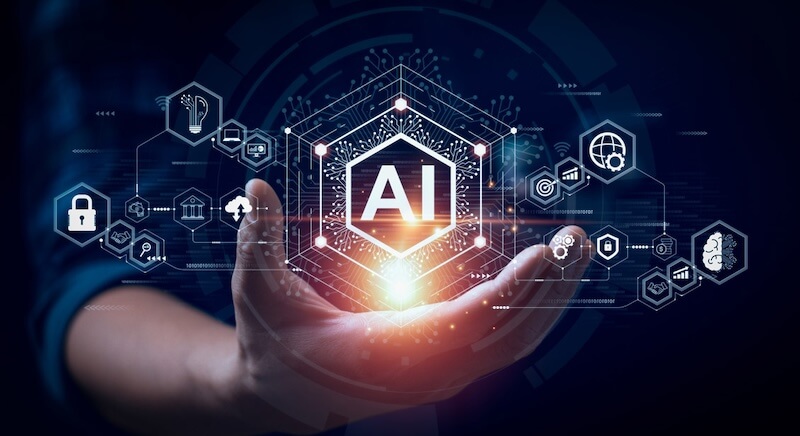Recent advancements in Artificial Intelligence (AI) have marked a significant leap towards achieving human-like reasoning capabilities in specific domains. This breakthrough signifies a pivotal moment, holding immense promise for future applications across various industries. While current AI systems still have limitations, their newfound ability to reason provides a glimpse into a future where machines can solve complex problems and make decisions with a level of understanding previously thought unattainable.
Traditionally, AI has excelled at tasks involving pattern recognition and data processing, often surpassing human capabilities in speed and accuracy. However, these systems primarily operate based on statistical correlations, lacking the deeper understanding and contextual awareness that characterize human reasoning. The new generation of AI models is starting to bridge this gap by integrating elements of human thought processes, such as causality and contextuality. Causality allows AI to make decisions and predictions based on cause-and-effect relationships rather than mere correlations. Contextuality enables AI to evaluate data within a broader context, recognizing nuances like intent, contradictions, and ambiguities, leading to more relevant and precise responses.
One of the key technologies driving this progress is Neuro-Symbolic AI, which combines the data-driven learning of neural networks with symbolic reasoning. This hybrid approach allows AI systems to leverage both pattern recognition and logical deduction, leading to more accurate and explainable decisions. For instance, in the medical field, AI can now identify causal relationships between symptoms and diseases, rather than simply matching symptoms to probabilities. This capability is crucial for developing AI that can understand and respond to complex real-world scenarios beyond simple pattern recognition.
The applications of AI with human-like reasoning are vast and transformative. In finance, these systems can analyze market trends with contextual logic, detect fraud using behavioral patterns, and develop strategic plans based on multi-variable scenario modeling. In healthcare, AI can assist doctors in making earlier and more accurate diagnoses, personalize treatment plans, and even aid in scientific experiments by predicting outcomes. AI-powered legal research tools can sift through vast amounts of case law to predict case outcomes with greater accuracy, while in manufacturing, robots equipped with Neurosymbolic AI can interpret complex environments and make informed decisions, improving efficiency and safety.
Despite these advancements, it is crucial to acknowledge the limitations of current AI reasoning capabilities. AI systems still lack genuine comprehension of concepts, relying heavily on the data they are trained on. This can lead to errors or biases, especially when dealing with novel situations or data that is skewed towards a specific demographic. Moreover, AI struggles with ambiguity and dynamic contexts, often misinterpreting requests if the conversation shifts abruptly or failing to adapt to evolving situations.
The future of AI reasoning lies in addressing these limitations through ongoing research and development. One promising direction is the integration of common sense reasoning, which would enable AI systems to handle nuanced, everyday scenarios more effectively. Another key area is the development of dynamic learning models that can adapt and reason in real-time, enhancing responsiveness and accuracy. Additionally, advancements in cross-domain reasoning will allow AI to transfer reasoning capabilities across different fields, enabling more versatile and scalable applications.
As AI reasoning capabilities continue to evolve, it is imperative for policymakers, industry leaders, and technologists to establish robust control frameworks that ensure AI developments align with human values and societal goals. This collaboration is crucial to guarantee that the benefits of AI are distributed equitably across society and that AI systems are used responsibly and ethically. While AI is making remarkable progress in mimicking human reasoning, it is essential to remember that it is still a tool designed to augment human intelligence, not replace it. The ideal future involves humans and AI working together, leveraging the strengths of each to solve complex problems and create a better world.

















